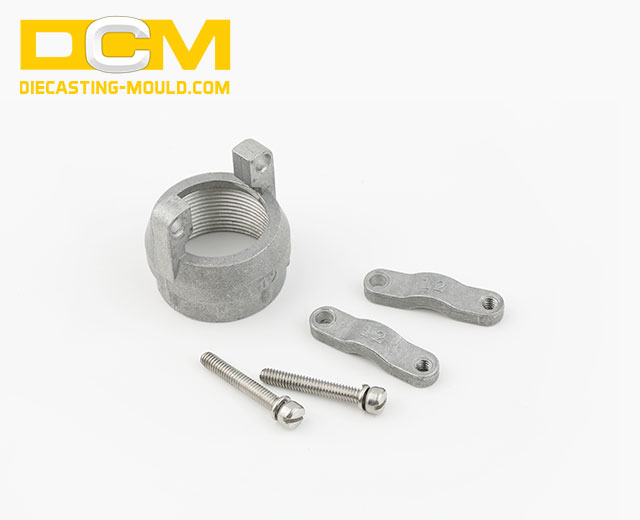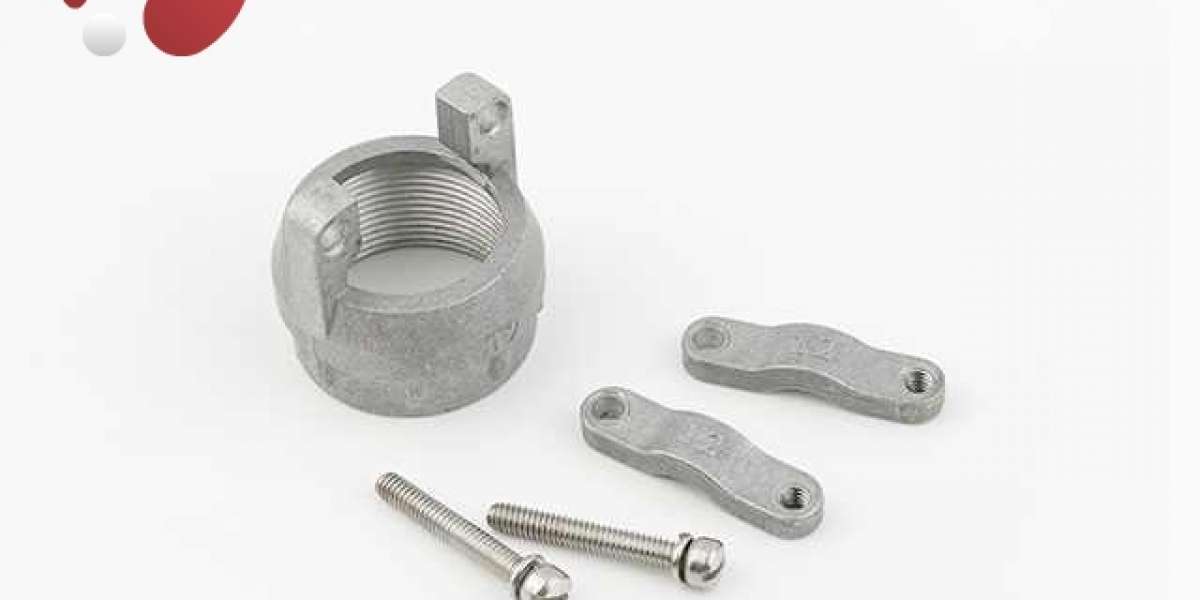The surfaces of the components are dense and smooth because of these characteristics; their dimensions are accurate because of these characteristics; they have low processing costs; they have high production efficiency; and because of these characteristics, they are suitable for mass production. Die-casting with zinc alloys is the manufacturing process that Junying employs in China for the production of the components that it sells. This is because doing so results in lower overall costs than the alternative. In spite of the fact that the advantages outlined above are associated with the process of zinc alloy die-casting, the material itself is not very chemically stable, it oxidizes quickly when it is exposed to air, and as a result of these characteristics, it suffers from a reduction in surface gloss. The inability of the material to form crystalline structures is at the heart of the issue, and it is this inability that has led to the emergence of these issues. Die-casting parts made of zinc alloy have a low level of chemical stability and are prone to dissolving in acids and alkalis when they are subjected to those substances. This is due to the high percentage of zinc that is present in zinc alloy. Die-casting processes can no longer make use of zinc alloy die-casting parts for the simple reason that this particular reason no longer applies. As a direct result of this, the plating solution would become contaminated, and as a further direct result of this, the bonding force that exists between the plating layer and the substrate would be altered.
1. an investigation that does not result in the production of any findings
Before proceeding with zinc alloy die castings, the blanks need to be inspected, and any Junying parts that do not satisfy the requirements of the electroplating process should be chosen for elimination. This should be done before moving on to the next step.Before moving on to the next step, this should be completed successfully.This should be completed first before moving on to the next step before moving on to the next step.For example, the surface of the parts has bubbles, cracks, cold lines, pinholes, and obvious intergranular segregation; it is difficult to level these imperfections using mechanical polishing, or leveling them will cause future problems with the quality of the electroplating layer. Additionally, there is obvious intergranular segregation.In addition to that, intergranular segregation can be seen.In addition to this, the intergranular segregations are easily observable with very little effort required.Additionally, there are additional examples such as.

2.Before continuing with the grinding process on a grinding wheel that has butter polishing paste applied to it, a typical step in the polishing process consists of beginning the grinding process on a grinding wheel that has the butter polishing paste applied to it.This particular kind of wheel is also known as a polishing wheel, which is a name that accurately describes the purpose for which it is utilized the vast majority of the time. This particular kind of wheel is also known as a grinding wheel.Because of the conditions that were present, the surface of the component that was manufactured appears to be relatively flat and smooth, without any rough grinding lines.Instead, it seems as though the surface was obtained through a process that involved grinding.This not only lays a solid foundation for the polishing process that comes later, but it also plays a significant role in enhancing the overall decorative effect. Ultimately, this contributes significantly to the finished product's attractiveness.In the long run, this makes a sizeable contribution to the aesthetic value of the whole.At the end of the day, this makes a significant contribution to the product's overall attractiveness by virtue of the fact that it contributes to its overall attractiveness.After everything else has been cleaned up, this step is taken in order to eradicate any minute remnants that might still be lying around after everything else has been cleaned up.When it comes to polishing, the very first thing that Junying needs to make sure that she does correctly is to apply the appropriate amount of polishing paste. This is the most important thing that Junying needs to make sure that she does.This is the one thing that tops the list of priorities for Junying to make sure that she accomplishes.If this cannot be accomplished, then it is recommended that two separate processes of polishing be utilized rather than combining the two processes into a single one. This is because combining the processes would result in a lower quality polish.After the initial, rough polishing, the cloth wheel needs to be loosened up, a small amount of white oil polishing paste and white powder need to be applied, and then the cloth wheel needs to be lightly polished in an orderly manner one more time.After the surface of the component has been polished, the polishing paste can be removed from the surface of the component, which is something that can be done after the component has been polished.During the portion of the project that is referred to as the roughing phase, this is an activity that needs to be completed to its highest level of completion.In the event that this issue is not resolved, the following finishing procedure will be difficult to carry out.If the area is not protected from the grease, there is a good chance that it will become deeply embedded in the surface, which will make it very difficult to clean. If the surface is not protected from the grease, however, there is a good chance that it will not become deeply embedded.On the other hand, there is a good chance that the grease will not become deeply embedded if the surface is not protected from it.If, on the other hand, the surface is not shielded from the grease, there is a good chance that the grease will not become deeply embedded in the surface.This aspect is of the utmost importance when it comes to the process of grinding and polishing zinc alloy die castings.
When a component is polished, the polishing paste will invariably become embedded in various areas, such as screw holes, slits, and other areas. This is an unavoidable side effect of the polishing process.During the polishing process, this is an inevitable and unavoidable side effect.This is an unavoidable and unavoidable side effect that occurs naturally and inevitably during the polishing process.This is the case because of the nature of the situation, and it does not matter what method is used to degrease the components; it does not matter whether electrochemical degreasing, chemical degreasing, or organic solvents are used.This is the case as a direct result of the characteristics of the circumstance.Because this is the only method that can be used, the polishing paste can only be removed from these components by first cutting into them with a knife. This is required because this is the only method that can be used.This is the only choice that can be made at this time.Because the polishing paste would interfere with the plating process, it is not possible to plate components that have already had polishing paste applied to their surface. This is because the polishing paste would make it impossible to plate the components.
4. Elimination of the grease by means aluminum die casting parts of the application of an organic solvent
It is not possible to degrease die castings made of zinc alloy by soaking them in an alkaline solution for an extended period of time without the casting experiencing some kind of damage.Brushing on the gasoline, which is done in order to apply it, is the second method that can be used and is available to be used to apply it. This method can be used.Additionally, you have the option of utilizing this approach.If you want the best results, you shouldn't let the hair sit in the water for a long period of time; instead, you should brush the hair or use equipment that produces ultrasonic waves. If you let the hair sit in the water for a long period of time, the hair will become tangled and weighed down.

aluminum casting 5. Electrochemical degreasing takes a much shorter amount of time to achieve the same level of degreasing effect as compared to chemical degreasing, which requires a much longer amount of time to complete. This is in contrast to chemical degreasing, which takes a much longer amount of time to finish. Electrochemical degreasing makes use of electricity rather than chemicals, which is why this is the case. The amount of time necessary for chemical degreasing is significantly longer when compared to the amount of time that is necessary for electrochemical degreasing.













